The U.S. solar industry largely weathered Trump, tariffs, and tweets, along with the pandemic that jolted the economy starting almost a year ago.
Now the industry hopes for a growth spurt as the Biden administration, along with Democrat control of both chambers of Congress, appears ready to make good on pledges to advance renewable energy and decarbonize the economy.
Challenges remain, including cybersecurity issues highlighted by last year’s hack of software provider Solar Winds, as well as issues related to interconnection queues and anti-solar utility fee structures.
Against that background, pv magazine USA Senior Editor David Wagman spoke with Abigail Ross Hopper, president and CEO of the Solar Energy Industries Association (SEIA). She offered her assessment of the last four years and outlined the organization’s priorities for growth. “This is the time to be aggressive,” she said. But first, she began with a look back at the Trump years.
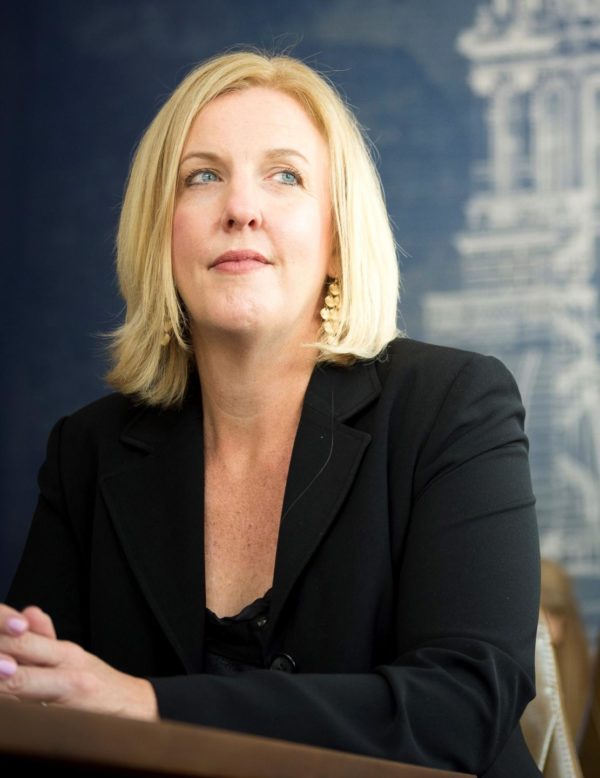
Image: SEIA
pv magazine USA: Let’s begin by giving a grade to the Trump administration on solar over the past four years, and could you offer examples of how you arrived at that assessment?
Ross Hopper: I don’t know that I would give it a grade. I would talk about some of the specific policies that were challenging.
We think about it in terms of some of the policies the Trump administration put into place slowed our growth. We continued to grow but not as quickly as we could have.
I think about trade policy and the Section 201 tariffs, in particular. That took away opportunity for deployment and for job creation. But even in light of that, and after a year or two of stagnant growth, 2019 and even 2020 were growth years. That shows how really resilient our industry is in the face of a challenging policy outlook, which is what makes me so excited about what’s going to happen in the next four years.
pv magazine USA: Are you able to quantify the stagnation that took place as a result of those trade policies?
Ross Hopper: During the Midterm Review of the Section 201 tariffs, we did quantify that. We think there were about 10 GW of solar that was not, and will not be, deployed because of the 201 tariffs. I believe there were about 62,000 jobs that were not created because of the tariffs. So there was a significant impact over a four-year period.

Image: White House photo
One of the more challenging aspects of the Trump administration that is sometimes hard to quantify is the uncertainty of policy. You think about the tariffs: Even the contemplation of them for the first year created great instability in the marketplace.
Some of the rhetoric from the Trump administration created uncertainty in the marketplace. I can’t put a dollar figure to that, but I can tell you as an attorney who’s represented companies that that sort of inability to rely on a stable policy environment is not ideal for growth.
pv magazine USA: Let me ask you to offer a similar grade on Congress for the past four years. And offer some insights into how you arrived at that?
Ross Hopper: It’s been a really interesting last four years with Congress. The first two under the Trump administration were a Republican House and a Republican Senate. We went through tax reform at the end of 2017, and we emerged with the Investment Tax Credit intact, which was great. And at the end of last year, we were able to secure a two-year extension of the ITC, which is an incredibly important down payment on the climate policy of the new administration.
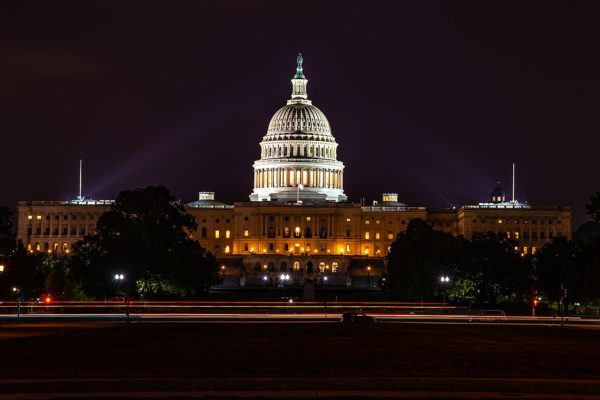
AnthonyTPope/Wikimedia Commons
As I look at the appropriations bills over the last few years, there has been a steady and steadfast commitment to funding the Department of Energy and funding solar R&D work. Congress has really displayed an understanding of how impactful the solar industry can be on the economy and has supported it in that way. And that is regardless of party affiliation.
As I think about even in the trade case, a number of Republican members of Congress stood with us in opposing tariffs. As I think about the Republican co-sponsors of our bill to extend the Investment Tax Credit and the number of Republicans that stood up and clearly advocated for solar policy–it’s clear that you can’t break this down into a Democrat or Republican issue.
So, you want a grade? I would say a solid B+.
pv magazine USA: Let’s talk a little about the incoming House and Senate and what excites you about it?
Ross Hopper: There seems to be a real appreciation for the intersecting nature of both the crises that are facing the country and the opportunity we have to solve them.
As I think about the health crisis, the economic crisis, the climate crisis, the racial justice crisis, there is a comprehensive solution set to that. I have not seen a lot of one-off solutions that solve a discrete problem, but a more holistic approach; that’s how we view the opportunity for clean energy and for solar, in particular.
We think that it can help build back the economy, it can create tax revenue in local communities, it puts people back to work, it creates carbon-free electricity, it’s affordable in a way that maybe it hasn’t been in the past, and it certainly helps families and businesses control their energy costs. There’s an incredible opportunity to meet those intersecting crises with policies that help support the deployment of solar and clean energy.
pv magazine USA: The pledge against forced labor in the supply chain that was signed by 175 SEIA member companies is an important milestone. How much flexibility do companies have to adjust their supply chain, especially considering contractual obligations, new vendor vetting procedures, and overall cost considerations?
Ross Hopper: As you saw in the pledge that was signed today (February 4) by 175 companies, with more to follow I am sure, we oppose any sort of forced labor in our supply chain. We became aware of this issue late last year and have been communicating with our companies that they need to move their supply chains out of that region.
Contracts may need to be renegotiated; I don’t think it’s going to have a huge impact on cost. But the reality is that companies will start to lose business if they do not make these changes.
pv magazine USA: Is the supply chain set up to accommodate that kind of shift? Where are companies going to source materials that are currently coming from some of these conflicted areas?
Ross Hopper: I think that companies will set up new factories and repurpose factories in other parts of China that are not conflicted, or some of their facilities in other nations.
pv magazine USA: That suggests this is not going to be an easy fix. It will take some time to shift supply chains and establish new business relationships.
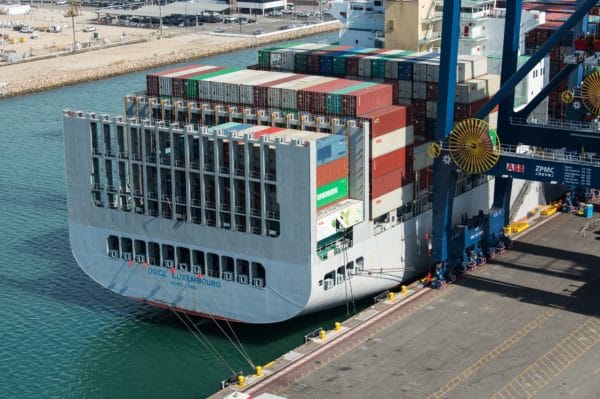
Image: NREL/Dennis Schroeder
Ross Hopper: We think that the shift will happen by the end of June. There is an urgency to this that companies understand. By the end of June, they will have had seven-plus months to make these changes. Obviously, if their customers and the U.S. government are demanding it, they will need to move quickly.
pv magazine USA: What opportunities are there, then, to repatriate some manufacturing? Do we have capacity in the U.S. to accommodate some of the shift in the supply chain? Or would you be looking for government assistance and tax breaks to help make the economics work?
Ross Hopper: All of the above. We do have some domestic supply chain available, certainly with regard to polysilicon. There are actors in the U.S. who could help service some of that supply. We also convened a big part of the solar supply chain a year ago in November 2019 in Chicago and talked about what was needed in terms of policy to bring more solar manufacturing to the United States. We issued a white paper in the fall and have shared it with the new administration around policies that the federal government could adopt to help incent domestic manufacturing.
Things like an investment tax credit for manufacturing facilities in the United States; perhaps a production tax credit for goods that are being produced by manufacturers here in the United States; strengthening some of the Buy American requirements, so when President Biden issued that executive order last week (January 27), we were supportive of that step.
pv magazine USA: Cybersecurity came back onto the radar for a lot of people with word of the Solar Winds breach in December. The risk of an intrusion by a bad actor using the power electronics in a solar array has been reported on for some time now. What standards and safeguards does SEIA support to better defend power electronics from intrusion?
Ross Hopper: First, I want to clarify that I woke up to news of the Solar Winds intrusion and immediately panicked that it had something to do with solar! It has nothing to do with a solar company.
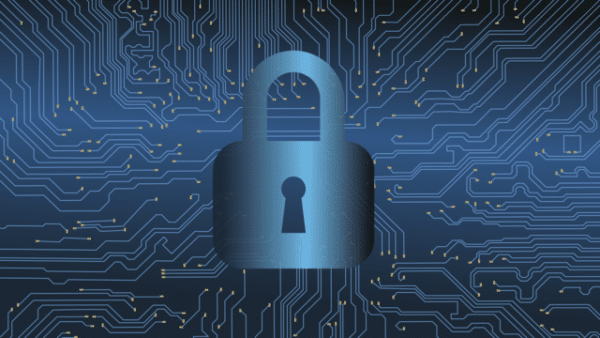
Image: Wikimedia Commons/jaydeep
Let me be clear that SEIA and the industry believe that solar needs to be the safest technology source on the grid. That’s our goal and that’s our plan. In order to do that, we are working with the Department of Energy and the National Renewable Energy Laboratory.
It is very much a focus here, internally, and very much a conversation we are having with our companies and manufacturers of those pieces of technology. I think you’ll see more to come from us as the year progresses. It’s absolutely a priority for us.
And the aggregation of distributed resources may, some may argue, bring risk. It also brings opportunity to keep power on if there is some sort of large-scale attack on our grid. We have the ability to pull those resources together and do different things.
pv magazine USA: The Biden administration has ambitious goals when it comes to renewable energy and greenhouse gas emissions. Help me understand how solar continues to accelerate while keeping costs low and dealing with import tariffs?
Ross Hopper: There is a great deal of opportunity to rapidly deploy solar and solar-plus-storage under the Biden administration. Some of the challenges you have identified are ones that we are seeking to address now. We are working with the Biden administration to, again, provide some certainty on the tariffs and step them down in a way that was originally anticipated and then go away after the fourth year, which is next year. That policy certainty will be extremely helpful.
We also look at some of the other areas where there could be subjugating factors or places where there’s friction in the system if we continue to deploy really quickly, which is our plan, and wanting to solve those soon before they become a problem. Things like interconnection and interconnection queues, and making sure that utilities are acting both in good faith and expeditiously to interconnect solar projects and clean energy projects.
Think about things like workforce and making sure that we have enough people—literally, people—in the solar industry to build all of these projects. What kinds of programs do we need to have in place to ensure that we have the workforce and that the workforce reflects the diversity of our country.
You are absolutely right that there are an interlocking number of issues that we have to pay attention to and solve, but they are definitely solvable.
pv magazine USA: What’s SEIA’s game plan for the next two years?
Ross Hopper: The strategy is to go big. We think that there is a climate crisis under way, we think that there is an economic crisis under way, and we think that solar can help address both of those and bring equity to our energy systems. This is the time to be aggressive. This is the time to act with boldness and vision. The president demonstrated that and articulated that in his campaign. He certainly seems to be executing on that in the first few weeks of his administration, and we are supportive of that big, bold vision.
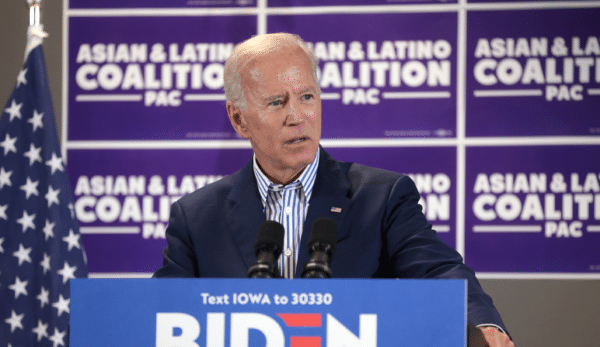
image: Flickr cc Gage Skidmore
I represent companies. It may sound a bit like a broken record, but our companies want certainty, right? They want to know what are the rules of the road, and then they will go out and innovate and adapt and build businesses based on that.
Long-term certainty in terms of either tax policy, carbon policy—whatever kind of policy you want to call it—but long-term certainty is really key to that rapid deployment of solar and solar-plus-storage.
pv magazine USA: Will most of the focus be around taxes at this point?
Ross Hopper: We certainly do a lot of energy policy in this country through our tax code. And so I think a lot of it will be around tax policy because that’s the tool that the Congress has chosen to use for a very long time with regard to energy. It could be an extension of the Investment Tax Credit, it could be a tax-neutral credit based on the carbon intensity of the generation source, it could be a clean energy tax. Anything that helps grow the industry, that provides certainty, that is durable, and that is politically feasible is a policy that we will be advocating for.
pv magazine USA: What state-level pro-solar policy models are emerging that are worth noting?
Ross Hopper: One of the really interesting state-federal partnerships is around residential solar. We have been working with the federal government and the National Renewable Energy Lab to create a software tool that will standardize the permitting process and then working with states and local permitting jurisdictions to adopt that. It’s in the early stages of rollout right now, but that could be really transformational to the residential sector and cut costs by up to a third through the standardization of permitting.
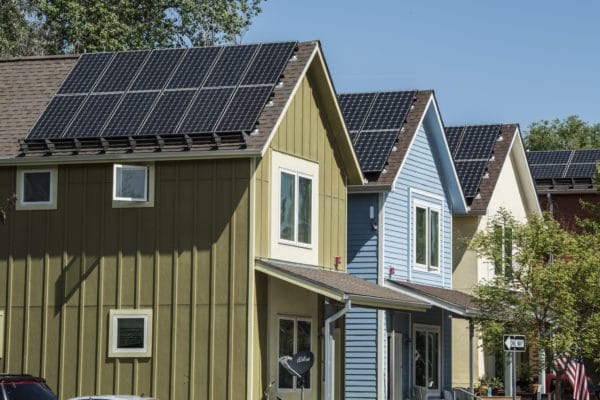
Dennis Schroeder/NREL
pv magazine USA: Will most of the focus be on driving down soft costs?
Ross Hopper: Yes, and especially on the commercial and industrial side, getting the financing standardized in addition to the permitting issues. The commodity costs, as you know, have declined so much over the last decade or so that standardizing process, increasing efficiency of process, and cutting the soft costs are really where there is opportunity.
pv magazine USA: Where do your greatest concerns lie with regards to anti-solar fees and policies at the state level?
Ross Hopper: Probably the biggest danger is the disinformation that distributed solar and distributed resources represent a cost shift from some customers to other customers. Most of the studies that have been done by independent sources show that isn’t actually true, but that has gotten out into the public narrative. And so that’s a concern because that argument regularly comes up in regulatory proceedings, so we spend a fair amount of time disabusing regulatory commissions of that, with evidence.
The other issue we see mostly at state commissions is on integrated resource plans and utilities not being open to looking at different technology solutions and falling back on established ways of doing things. For example, proposing building a new natural gas facility when we put in evidence and testimony to show that building solar-plus-storage will actually save ratepayers an incredible amount of money.
We see some states that have very little solar penetration wanting to put restrictions on consumers’ ability to put solar on their homes by creating large demand charges or other tools to limit choice. So those are the concerns that we see.
And you know that distributed generation has the ability to really change the way that our energy system works, and that’s obviously pretty scary to monopoly utilities.
pv magazine USA: We have covered a lot of ground. Are there any topics that we haven’t covered that you feel are important to address?
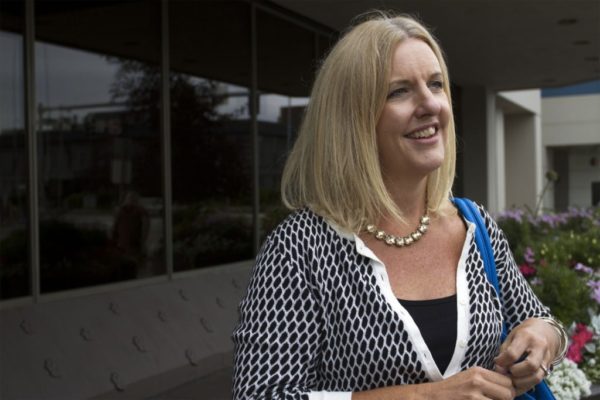
Image: SEIA
Ross Hopper: One of the things that we have really been focused on here at SEIA are the issues around diversity, inclusion, equity, and justice. We are planning to deliver some products to the marketplace in the coming months. Things like a supplier diversity database, so that if you are a solar developer and you want to hire a Black-owned banker, we can help you do that.
I’ve heard from so many companies that want to address these issues of equity and inclusion in their business but aren’t sure what to do. We’re putting in an accreditation program to help them do that. Similarly, some mentoring and board diversification efforts in addition to our policy work.
It is so central to the work that we are doing that I never want to talk about this vision that we have for a transformed electricity system without acknowledging that the work around equity, diversity, and inclusion is a critical piece of that.
It is far from “check the box” around here; it is central to our work.
Editor’s note: The article was updated February 9 to correct a misstatement of the number of jobs impacted by the Section 201 tariffs. The correct number is 62,000.
This content is protected by copyright and may not be reused. If you want to cooperate with us and would like to reuse some of our content, please contact: editors@pv-magazine.com.
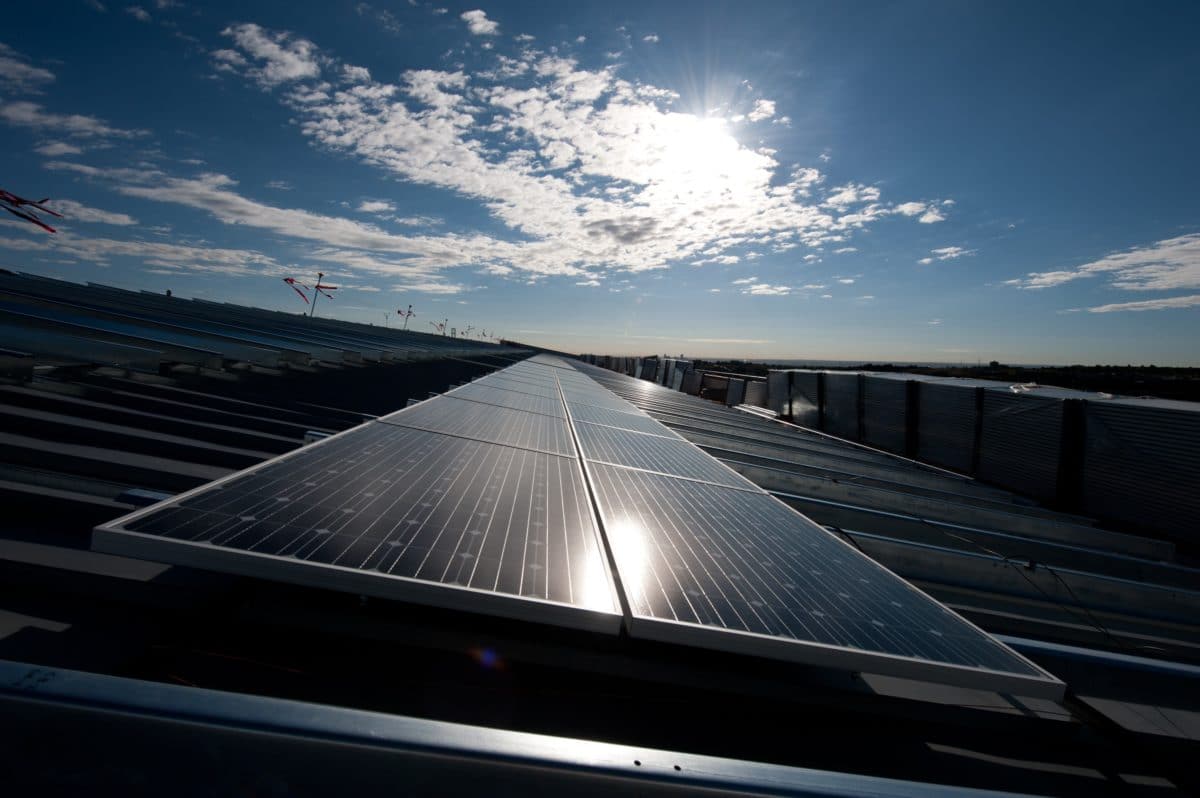
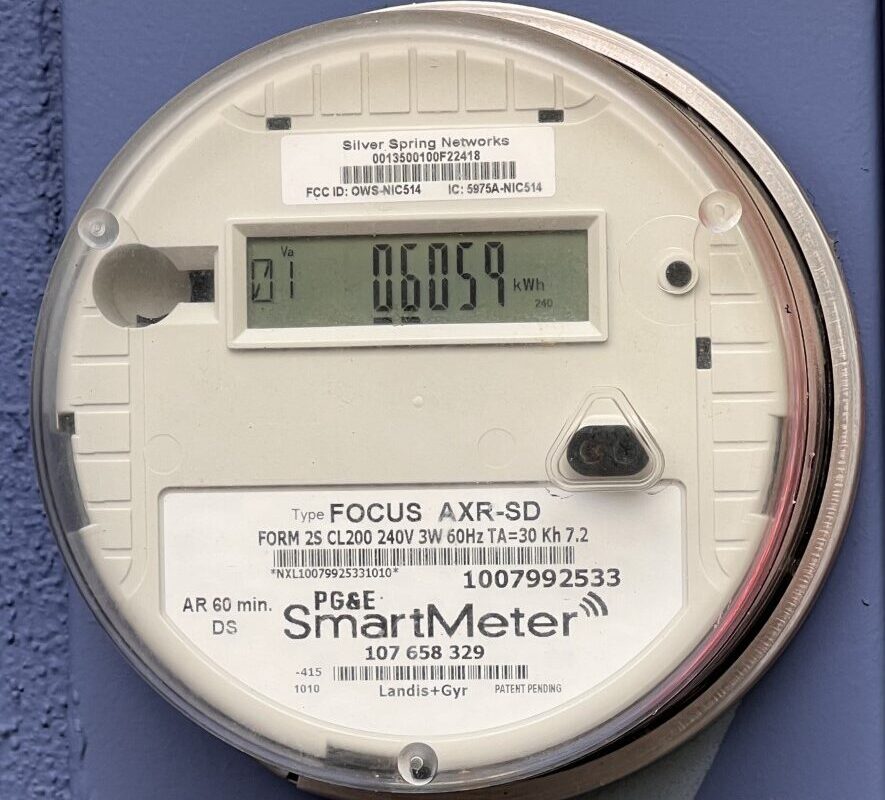



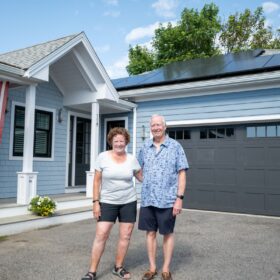



Good interview. The one question I would have would be why are the SEIA state projections so pessimistic? I look at ERCOT data since it is very transparent. SEIA is projecting 15,906MW of additional solar for Texas over the next 5 years. For the just released interconnection queue data ERCOT has 15,894MW that already has an interconnection agreement and a full interconnect study completed. Another 5,823MW has an IA and the FIS has started. This is the highly likely projects to be done. They have another 68,179MW in various other stages of development. I would guess that ERCOT is going to have 16GW additional solar installed in 3 years, 4 out the outside. Closer to 25+GW in 5 years.
“For example, proposing building a new natural gas facility when we put in evidence and testimony to show that building solar-plus-storage will actually save ratepayers an incredible amount of money.” Outside of Hawaii how many actual cases of this are there in the entire US, as in deployed projects? One, five, 10? How many MW of capacity does this represent? Are we talking 30 MW? 300 MW?
One could argue the reason solar is being paired with storage has to do with the tax code more so than competitiveness with gas. Developers have a perverse incentive to inflate the installed costs of their projects to get a larger tax credit. An easy way to do this is to add batteries.
The EIA tracks the utilization of batteries in the US. In 2020 the utilization of batteries fell to ~4%. Does anyone here think batteries are cost effective if they only operate two weeks out of the year? If these low utilization rates hold up, the battery projects we’re building today will only see 300 cycles over 20 years. With each year the battery mirage looks more and more like the CSP mirage.
With Covid-19 having exposed our economy’s vulnerability to relying on a foreign supply chain and our economy now deriving just over 11% from manufacturing, it is disappointing to read the interview with Ross Hopper. Where are all the jobs coming from that she’s talking about? From the downstream installation sector of the PV industry? SEIA and Ross Hopper have to start acknowledging that the PV industry is not just about installing PV modules. If we are serious about creating jobs—from operators & technicians, to installers, to engineers and scientist—and strengthening our economy, we need to repatriate the entire PV value chain. Transitioning our nation to a green economy requires actions that result in long-term sustainable benefits to our citizens. Continuing to rely on imports is a recipe for disaster.